In modern urban infrastructure development, horizontal directional drilling for water pipe installation has become the preferred method for underground pipeline construction. Compared to traditional excavation methods, horizontal directional drilling for water pipe installation offers significant advantages such as faster construction speed, minimal environmental impact, and lower costs, making it particularly suitable for pipeline projects in densely populated urban areas.
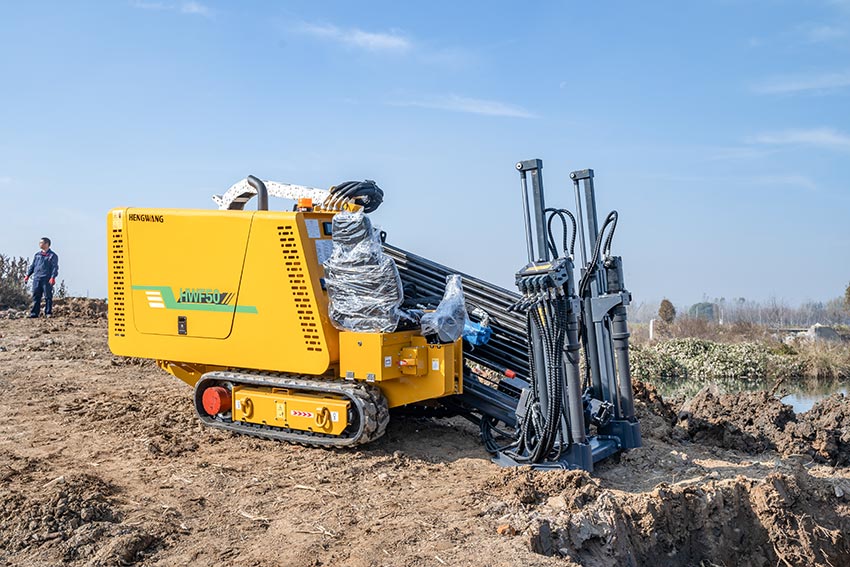
1. Key Advantages
The main benefits of horizontal directional drilling for water pipe installation include:
(1) No need for large-scale road excavation
(2) Safe crossing of rivers, railways, and other critical infrastructure
(3) High precision with minimal deviation
(4) Short construction time, 3-5 times faster than traditional methods
2. Construction Process
A complete horizontal directional drilling for water pipe installation project involves:
(1) Preliminary survey: Detecting underground pipeline distribution
(2) Pilot hole drilling: Precise guidance using a small drill bit
(3) Reaming: Gradual hole enlargement based on pipe diameter requirements
(4) Pipe pulling: Installing the pipe in one go
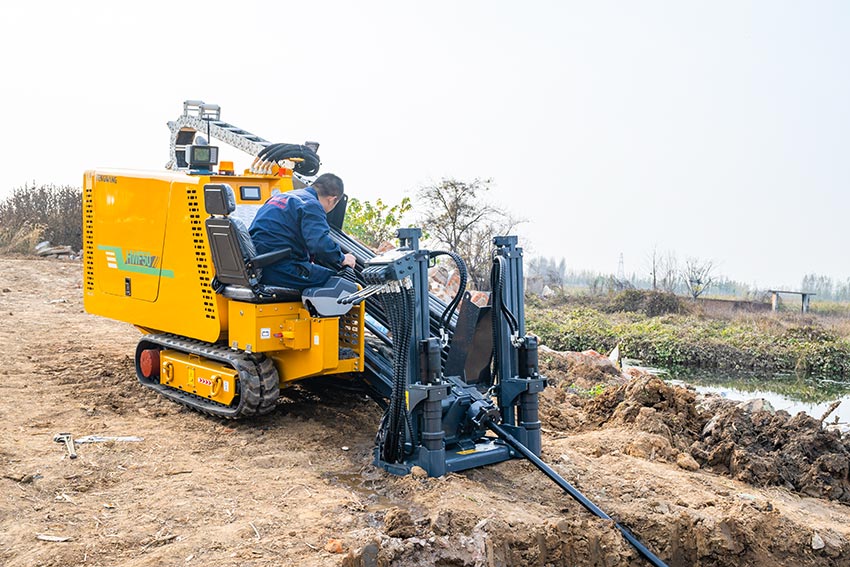
3. Equipment Selection
When choosing equipment for horizontal directional drilling for water pipe installation, consider:
(1) Project scale: Small projects require compact rigs, while large projects need heavy-duty machines
(2) Ground conditions: Different soil types require specific configurations
(3) Pipe material: Different pipes have varying equipment requirements
4. Common Issues and Solutions
During horizontal directional drilling for water pipe installation, common challenges include:
(1) Directional deviation: Corrected using positioning systems
(2) Hole collapse: Prevented by adjusting drilling fluid mixtures
(3) Pipe jamming: Resolved with specialized lubrication systems
5. Industry Trends
Future developments in horizontal directional drilling for water pipe installation:
(1) Smart technology: Equipped with automated navigation systems
(2) Larger-scale applications: Capable of installing bigger pipes
(3) Eco-friendly solutions: Using environmentally friendly materials
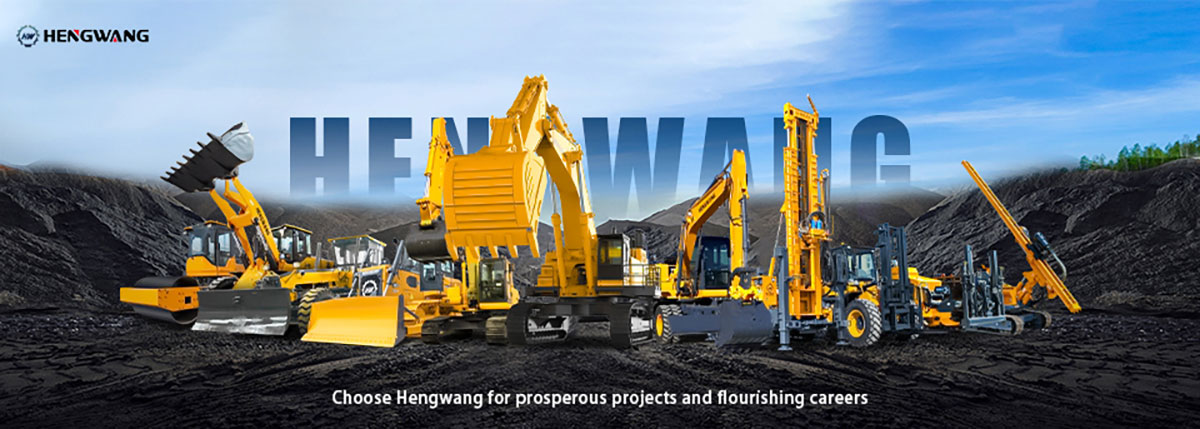
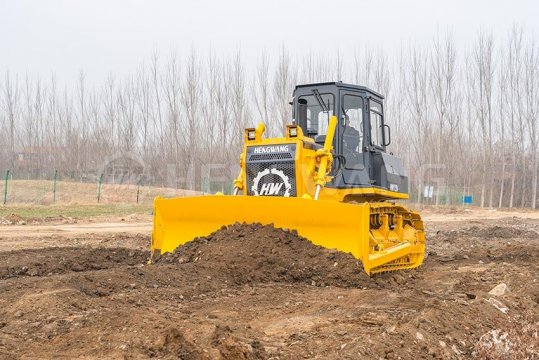 Bulldozer Blade Types: Core Configuration for Adapting to Different Operating Scenarios
Bulldozer Blade Types: Core Configuration for Adapting to Different Operating Scenarios
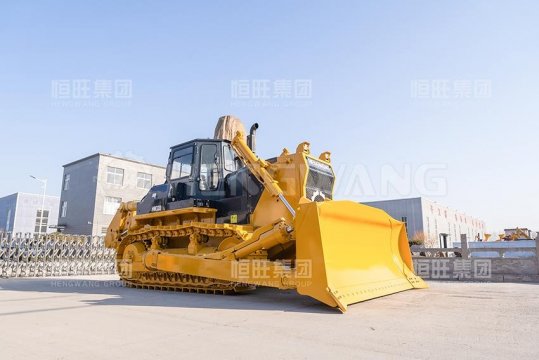 Swamp bulldozer: An Efficient Solution for Operations in Muddy Environments
Swamp bulldozer: An Efficient Solution for Operations in Muddy Environments
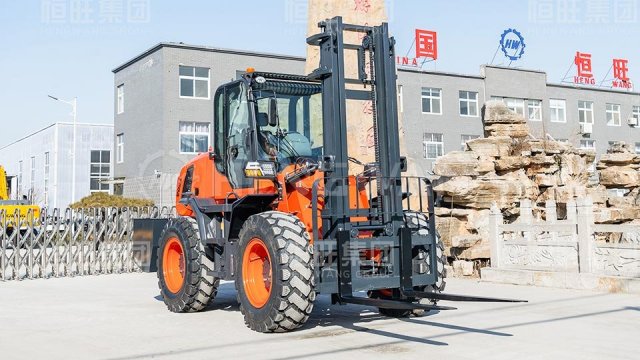 Rough terrain forklift with highest load capacity: A High-performance Solution for Heavy-duty Outdoor Operations
Rough terrain forklift with highest load capacity: A High-performance Solution for Heavy-duty Outdoor Operations